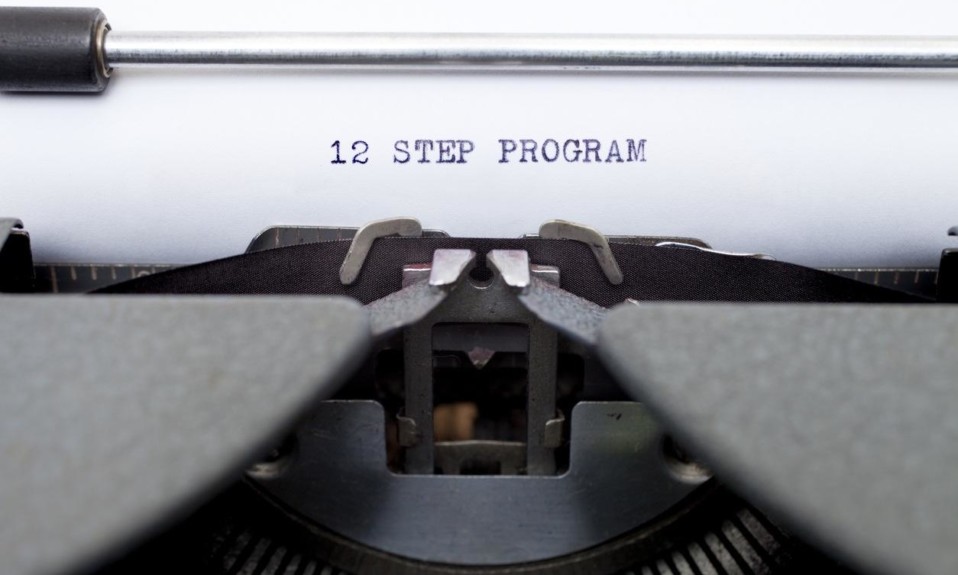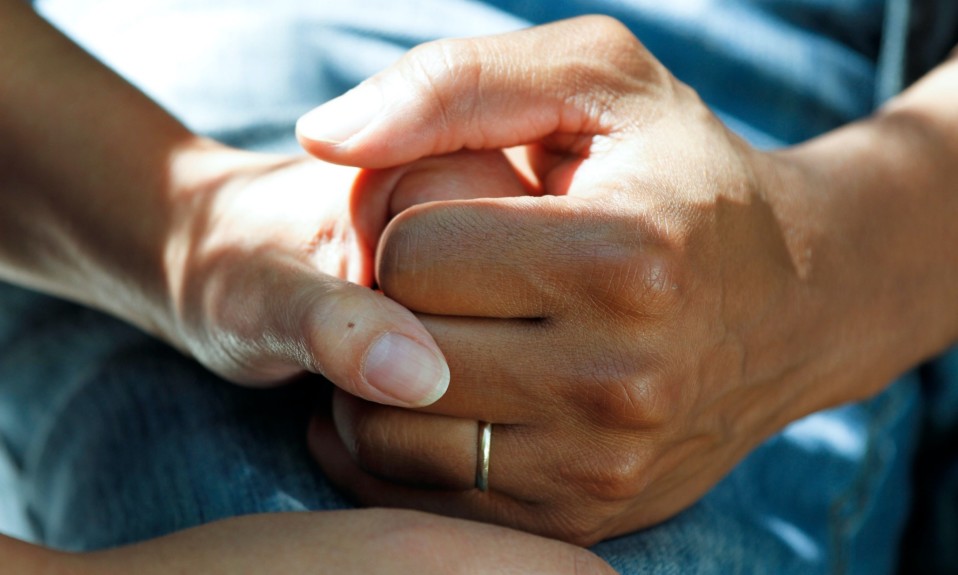This time-tested treatment approach, best known through Alcoholics Anonymous, helped pioneer sobriety programs and has been adopted by treatment centers globally
By William Wagner
January 14, 2021Before the 12 steps, there was mostly just darkness for people struggling with substance use disorder (SUD) or alcohol use disorder (AUD).
In the late 1800s, one popular remedy involved injecting a mixture of strychnine, boric acid, alcohol, liquified tree bark and other oddities into the afflicted. In the early 1900s, a vaccine derived from booze-infused horse blood, Equisine, was developed as a potential cure for alcoholism. Or maybe you’d simply be sterilized to avoid passing your addiction down to future generations. Whatever the “solution,” it was the addiction-care equivalent of using leeches to ward off medical maladies.
Researchers pored over 35 studies that had involved input from 145 scientists and contained the outcomes of nearly 11,000 participants, and they found that AA and its 12 steps gave people the best chance to quit drinking over the long haul.”
Enter an alcoholic named Bill Wilson in 1935. After experiencing a spiritual conversion, he quit drinking and cofounded Alcoholics Anonymous (AA). His prescription centered on following 12 straightforward steps that, for generations now, have been etched into the minds of countless people in recovery:
The 12 Steps
- We admitted we were powerless over alcohol—that our lives had become unmanageable.
- Came to believe that a Power greater than ourselves could restore us to sanity.
- Made a decision to turn our will and our lives over to the care of God as we understood Him.
- Made a searching and fearless moral inventory of ourselves.
- Admitted to God, to ourselves, and to another human being the exact nature of our wrongs.
- Were entirely ready to have God remove all these defects of character.
- Humbly asked Him to remove our shortcomings.
- Made a list of all persons we had harmed, and became willing to make amends to them all.
- Made direct amends to such people wherever possible, except when to do so would injure them or others.
- Continued to take personal inventory and when we were wrong promptly admitted it.
- Sought through prayer and meditation to improve our conscious contact with God as we understood Him, praying only for knowledge of His will for us and the power to carry that out.
- Having had a spiritual awakening as the result of these steps, we tried to carry this message to alcoholics, and to practice these principles in all our affairs.
How the 12 Steps Work
AA—and, by extension, 12-steps therapy—has become synonymous with addiction treatment. The phrase “working the steps” is part of the recovery lexicon. In the decades since Wilson’s arrival on the scene, the 12 steps have been adopted by treatment centers and programs far and wide. Sometimes they’re used in conjunction with evidence-based therapies like cognitive behavioral therapy (CBT) or medication-assisted treatment (MAT), but more often than not, they’re a prominent part of the mix. The Hazelden Betty Ford Foundation, for example, melds the 12 steps with care that is steeped in science.
Folks in recovery who utilize the 12 steps often swear by them. It’s an abstinence-oriented therapy that promotes accountability, a belief that you alone can’t control your destiny, and a strong sense of community (through meetings) that keeps adherents on a steady path.
“People often find the 12 steps helpful,” says Kenneth Leonard, Ph.D., director of the University at Buffalo’s Clinical and Research Institute on Addictions. “It has a lot of positive social value for people. Maybe they can learn approaches to maintaining sobriety by listening to other people about what they’ve done that’s been successful. They get emotional support. There are a lot of cognitive benefits for people who like that approach.”
The 12 steps really are the recovery platform we’ve had for the longest time that has worked for people. The No. 1 reason might be the social connectedness.”—Annie Peters, Ph.D., LP, director of research and education, National Association of Addiction Treatment Providers
Effectiveness of the 12 Steps
The secret to the staying power of the 12-steps model? It seems to work better than anything else. A 2020 study by Stanford School of Medicine, anyway, concluded as much.
Researchers pored over 35 studies that had involved input from 145 scientists and contained the outcomes of nearly 11,000 participants, and they found that AA and its 12 steps gave people the best chance to quit drinking over the long haul. Not one of those studies showed that AA was less effective than other interventions. Furthermore, most of the studies indicated that, relative to other interventions, AA was a bargain financially.
The Stanford investigation attributed the success of AA largely to the fellowship component. Said Keith Humphreys, Ph.D., one of the researchers behind Stanford’s work, in a news release: “If you want to change your behavior, find some other people who are trying to make the same change.”
12-Steps Detractors
Not everyone, however, is bullish on the 12 steps. Some people are spooked by the religious overtones, others by the all-or-nothing regimentation, and still others by the lack of science behind the model.
The Atlantic, for one, took aim at the 12 steps in a 2015 article titled “The Irrationality of Alcoholics Anonymous”: “Hospitals, outpatient clinics, and rehab centers use the 12 steps as the basis for treatment. But although few people seem to realize it, there are alternatives, including prescription drugs and therapies that aim to help patients learn to drink in moderation. Unlike Alcoholics Anonymous, these methods are based on modern science and have been proved, in randomized, controlled studies, to work.”
In a 2020 interview with TreatmentMagazine.com, psychologist and author Stanton Peele put it this way: “If you go to an AA meeting, you become completely cemented there if your goal is to never, ever touch alcohol and avoid all circumstances around that. There are a lot of negatives in that. There are psychological negatives, like feeling you’re powerless and you have to turn yourself over to a higher power and also to the group. There’s a greater likelihood you’ll relapse because you believe you can’t taste alcohol without going all the way, which AA reinforces.”
Secular-oriented recovery organizations like SMART Recovery and LifeRing Secular Recovery have been refuges for those who couldn’t connect with the 12 steps.
“There are a lot of people who survive the 12-step program and are happy with it and do quite well,” Robert Stump, a recovering alcoholic and the executive director of LifeRing Secular Recovery, said in a 2020 interview with TreatmentMagazine.com. “But there are so many other people who are unhappy. They’re sad. They know they have to keep sober, but they don’t really like this program. It’s based on Judeo-Christian [principles] and the Garden of Eden and how evil a person is; people have to find the light in order to be good. I ran away from the 12-step program because it was horrendous in terms of its philosophy compared with my worldview. I had to find an alternative.”
The 12 Steps Are Here to Stay
Nevertheless, the 12 steps have done undeniable good within the treatment community. Shattered lives have been pieced back together because of them. Regardless of new treatments that come down the road, don’t expect the 12 steps to diminish in stature.
“The 12 steps really are the recovery platform we’ve had for the longest time that has worked for people,” says Annie Peters, Ph.D., LP, director of research and education for the National Association of Addiction Treatment Providers (NAATP). “The No. 1 reason might be the social connectedness.”












